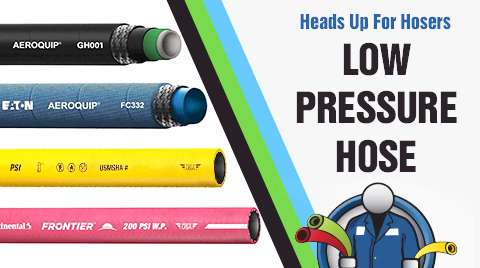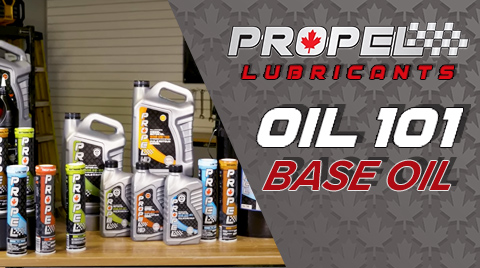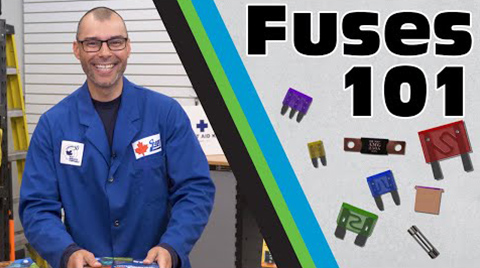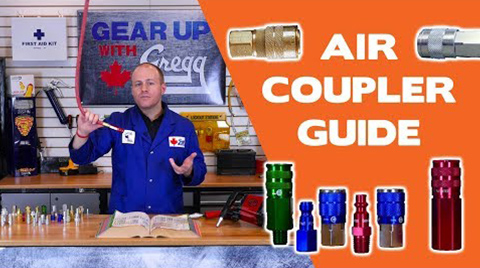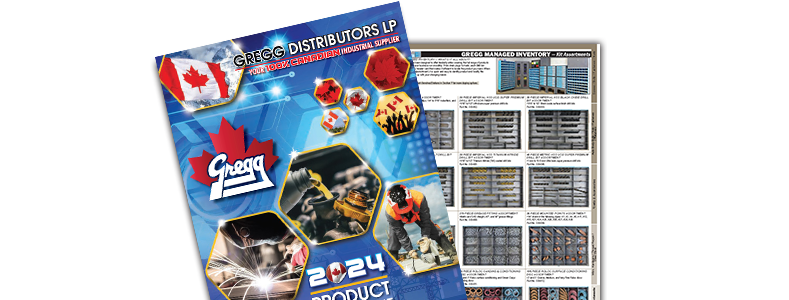When you’re working in a shop, the specks in the air are pretty obvious, but it’s the particles you can’t see that are the real hazard.
Disposable respirators, or dust masks, are the ones we’re all pretty familiar with. You might have seen them at a construction site, in a manufacturing plant, or even in your local clinic—but not all dust masks are made equal. 3M’s disposable respirators are made for comfort, with dual-straps on every model, and options for braided bands that won’t tangle in hair, like the 8210PLUS, and padded nose seals, like the 8210, for extended wear.
Why Use a Disposable Respirator Instead of a Reusable One?
Well, if you want basic protection from particulates, and are working on a budget, disposable respirators are your best bet. Disposable respirators remove particulates, but not chemicals, vapors, or other harmful substances such as lead or asbestos. This means that they’re perfect for sanding, grinding, or any other task where dust or other debris is getting into the air. However, for tasks like spray painting, a disposable respirator will only stop the paint, not the solvent fumes, from entering your lungs. That’s when you’ll want to turn to a reusable respirator.
Two Main Types of Disposable Respirators:
There are two main types of disposable respirators: with and without an exhalation valve. The one major difference between these two has to do with comfort. Disposable respirators without a valve are comfortable for most situations.

However, in a hot or humid environment, or for tasks where you may be wearing a mask for an extended period of time, a mask with a valve is the most comfortable. 3M’s Cool Flow valve respirator is designed to release the warm, moist air that you exhale to help lower the temperature within the respirator. This keeps heat and moisture from building up inside. The valve opens during exhale and closes during inhale, so you don’t have to worry about particulates getting in. Masks like these, with the built-in valve, are perfect for welding, where beating the heat can sometimes be a challenge!
For your average environment, a dust mask without a valve will do just fine. The unique filter media technology in 3M’s disposable respirators protects you against particulates. 3M uses electrostatically charged microfibers to keep airborne particles out while allowing more air in. That means you breathe easier and keep your lungs protected at the same time. This Advanced Electrostatic Media or AEM technology was tested in the 8210 respirators, and it continues to have the lowest breathing resistance across the board.
Dust Masks and Oil Resistance
Now, even though dust masks can’t protect against chemicals or vapors, certain types of masks are able to protect against oil particles. Dust masks are categorized by their level of oil resistance, using the letters N, R, or P.
-
N: is for not resistant to oil
These masks can be used for any solid or liquid airborne particulates that do not contain oil. Disposable respirators like the 8511 N95 masks are used for non-harmful dust encountered while sanding things like bare wood, non-lead painted surfaces, and drywall. They can also be used for sweeping, fiberglass installation, pollen and mold spores, gardening, cutting firewood, raking, and mowing. If you’re looking for the highest-rated filtration efficiency in the “N” level of resistance, look no further than the N100 respirator. This maintenance-free respirator provides a minimum filter efficiency of 99.97% against non-oil-based particles.
-
R: is for resistance to oil
These can be used for any particulates, including oil-based aerosols. If you’re dealing with oil-based particulates, like oil paints, oil primers, or aerosol lubricants, you’ll want to turn to a respirator with a bit more protection. The 8247 R95 respirators will do the job. They block the same particulates as the N95 along with oil-based aerosols.
-
P: is for oil-proof
This is the highest level of protection in disposable respirators. Masks like the 8293 P100 respirators are designed to block 99.9% of particles 0.3 microns or larger. Oil-proof respirators are recommended for the general manufacturing, mining, transportation, and oil and gas industries.
When to Replace Your Respirator
Now, when determining if your respirator needs to be replaced, just think of the three Ds: Dirty, Damaged, or Difficult to breathe through.
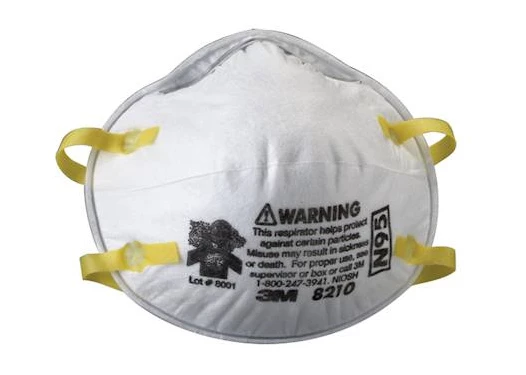
- Dirty: A dirty respirator will not only affect its performance but can also expose the user directly to contaminants. If the inside of the mask looks dirty, or if it is left out in the open and exposed to potential contaminants, throw it out.
- Damaged: If the strap or nose clip is broken, the mask cannot properly seal on the face. Don’t use it! If the mask has an exhalation valve, make sure that it is free of debris and isn’t cracked, chipped, or otherwise damaged.
- Difficult: When a respirator becomes difficult to breathe through, or if the user feels a change in resistance when breathing, it needs to be changed or thrown out.
Here at Gregg Distributors, we’ve got a huge variety of disposable respirators to suit your needs. Whether you’re looking for the standard N95 mask, the more robust P100 mask, or even a specialty respirator like the R95 mask, we’re your one-stop shop. But if you have any questions feel free to contact us here, and make sure to subscribe to our email list and give us a follow on social media so you can keep up to date with the latest offers, flyers, new products, and giveaways here at Gregg Distributors!



